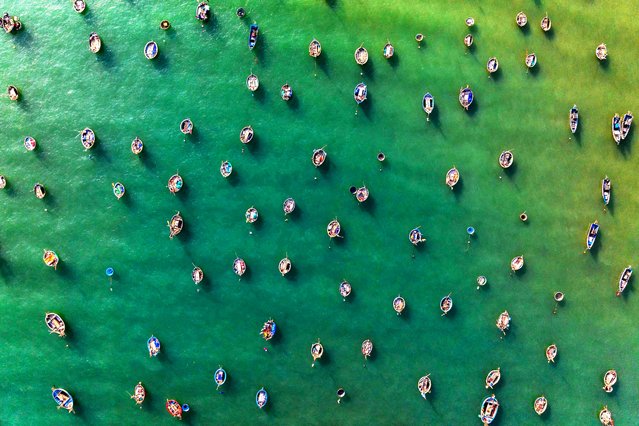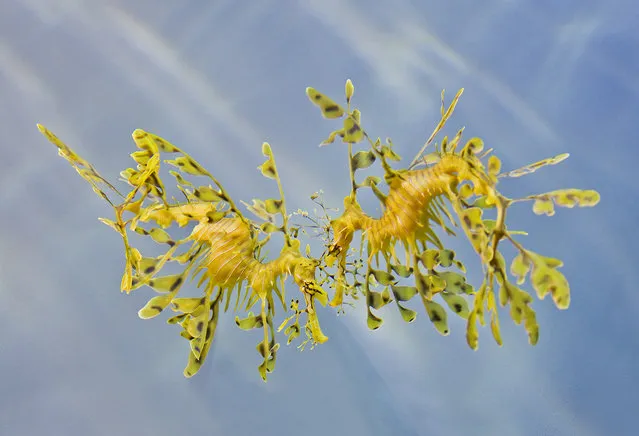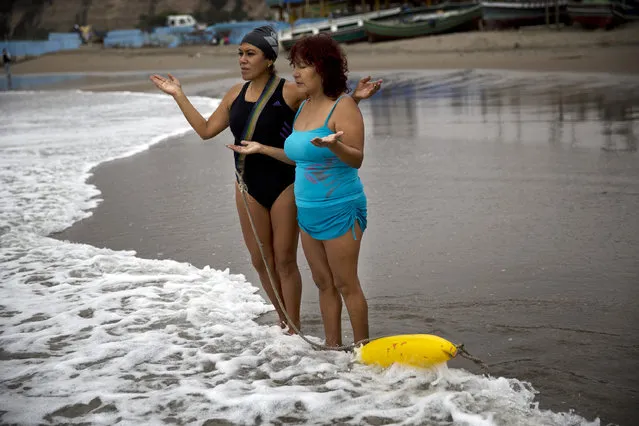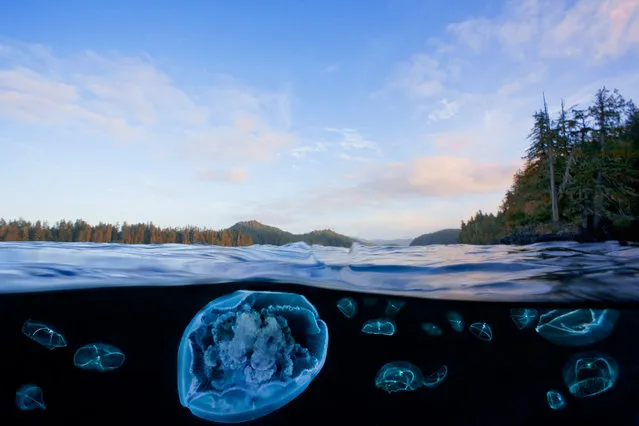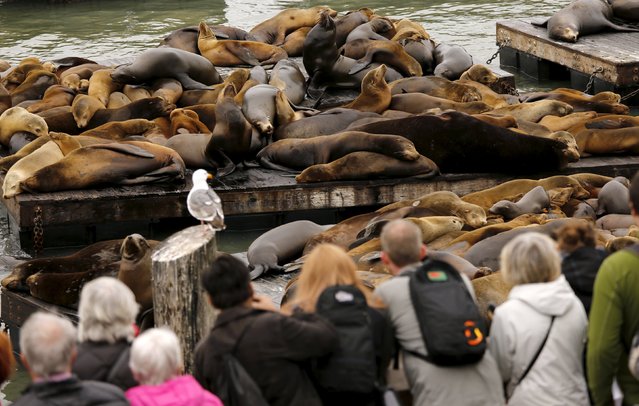
A Sphynx cat is held by its owner at the WCF International Cat Show in Hanoi, Vietnam, 02 April 2023. The two-day event opened on 01 April at the Van Ho Exhibition Centre in Hanoi. (Photo by Luong Thai Linh/EPA)
27 Jun 2023 03:25:00,post received
0 comments



